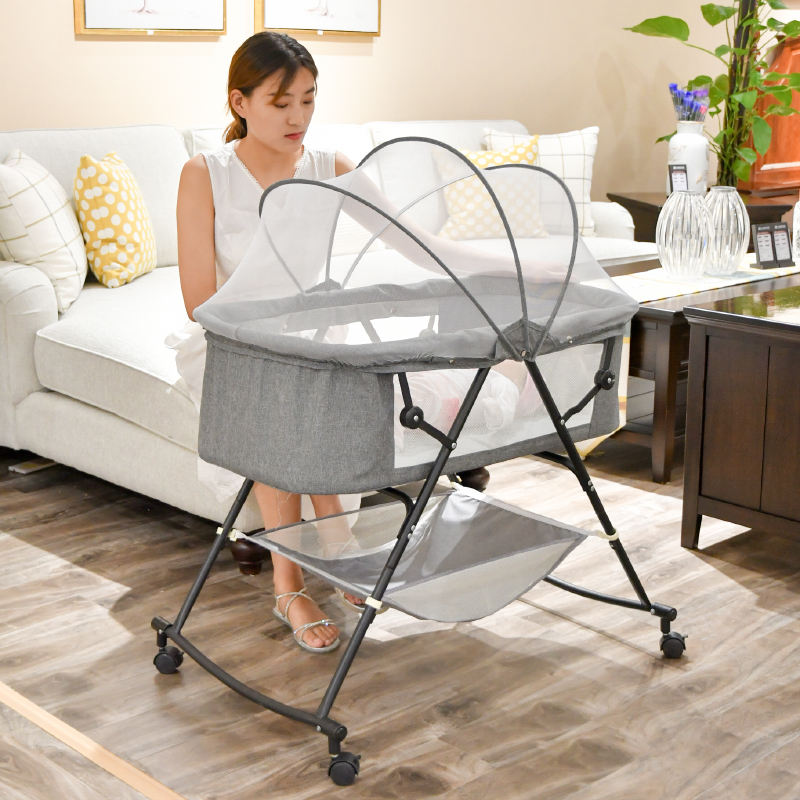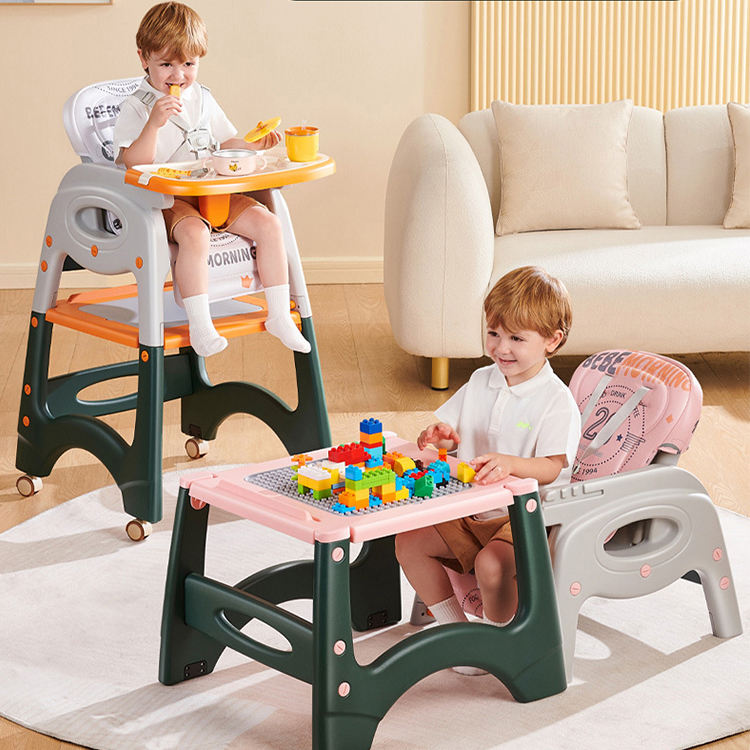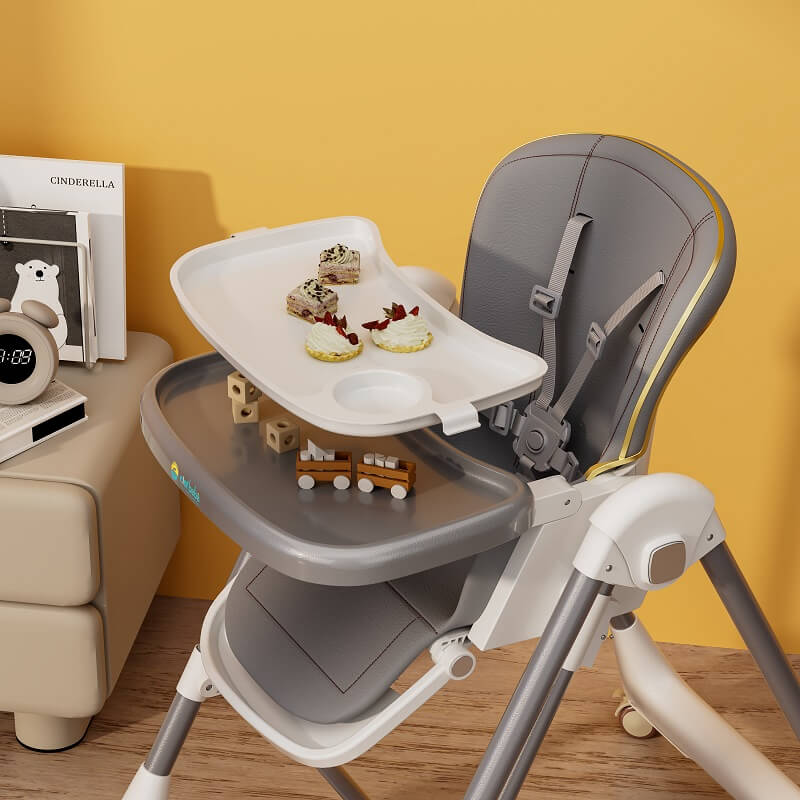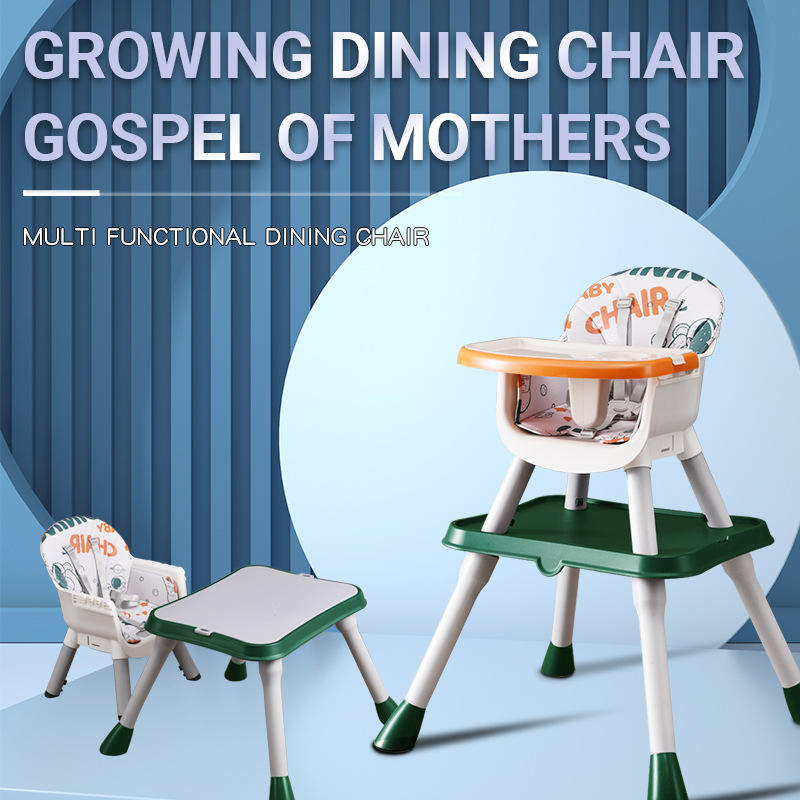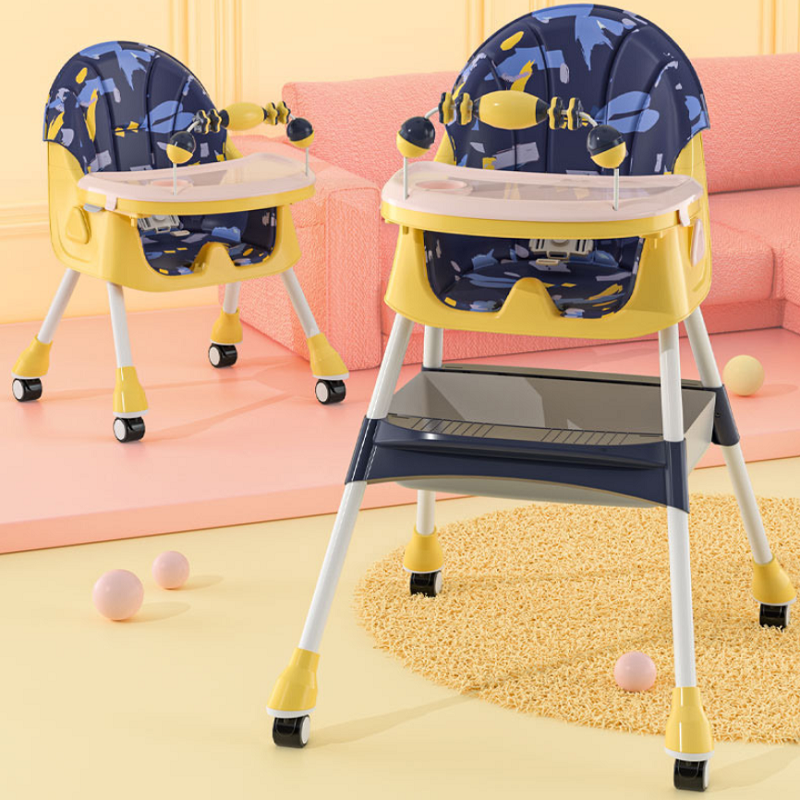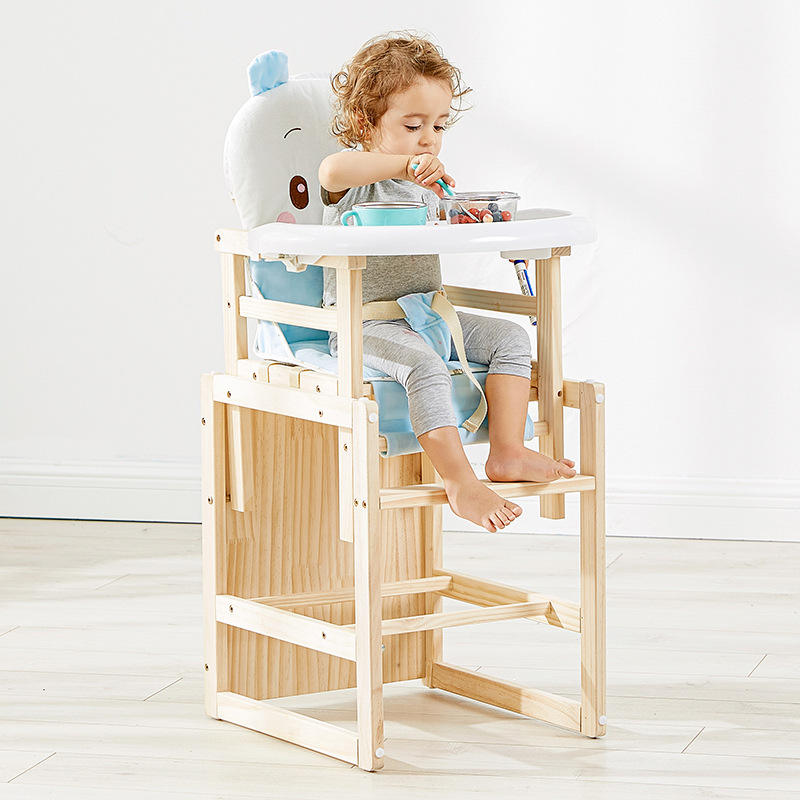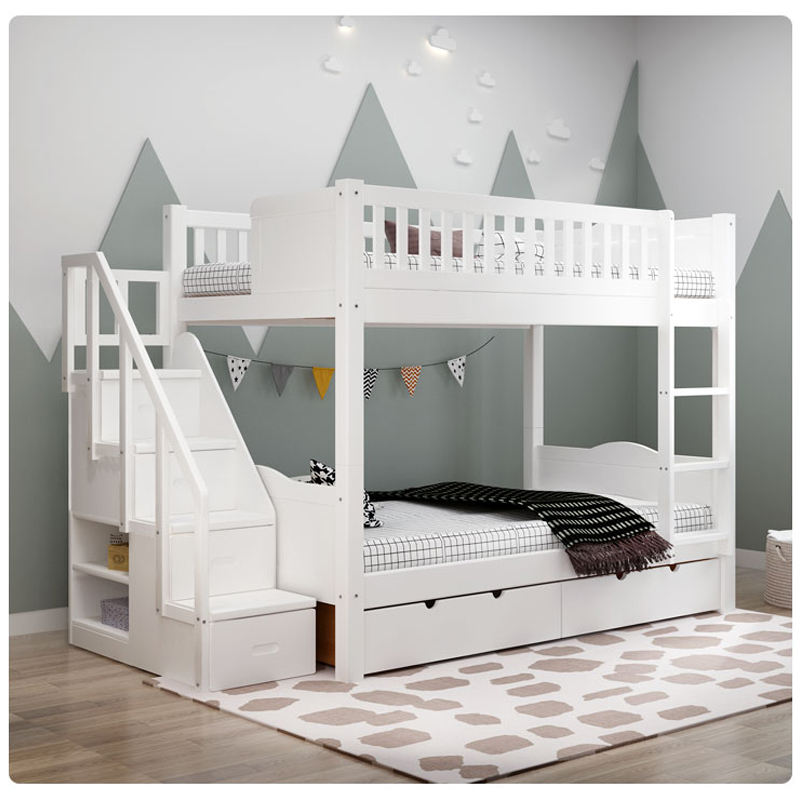When it comes to creating a safe and comfortable sleeping environment for your newborn, choosing between a crib and a bassinet can be a tough decision. In this article, we will explore the key differences between a crib and a bassinet, discuss whether baby should sleep in a crib or a bassinet, and provide tips for choosing the right option for your baby’s needs.
Difference Between Crib and Bassinet
Crib: A crib is a large, enclosed bed designed for babies and young children. It typically has high sides, a sturdy construction, and a mattress that can be adjusted to different heights as your baby grows.
Bassinet: a bassinet is a smaller, more portable sleeping space that is often used for newborns. It usually has lower sides and is designed to be placed next to your bed for easy access during the night.
Should Newborns Sleep in the Crib or Bassinet?
One of the most common questions new parents ask is whether newborns should sleep in a baby bed or a baby bassinet. In fact, both have the basic function of providing a comfortable sleeping environment for newborns. The answer you choose depends on a variety of factors, including convenience, security, and personal preference.
Both cribs and baby cradles can be safe sleep environments for newborns if they meet current safety standards. Make sure whichever option you choose adheres to safety guidelines, including using a firm mattress with a fitted sheet, avoiding loose bedding, and ensuring proper ventilation.
What Age Do Babies Go from Bassinet to Crib?
The age at which babies transition from a bassinet to a baby cot can vary. Most babies outgrow a cradle bed by around 4-6 months of age or when they reach the weight limit specified by the manufacturer.
Size and Weight: A newborn bedside bassinet typically comes with weight and size restrictions set by the manufacturer. If your baby outgrows these limits, it’s time to transition to a baby cot. This transition generally happens between 4 to 6 months of age, though individual cases may vary.
Developmental Milestones: Some babies become more active and mobile as they grow, making them less suitable for sleeping in a infans bassinet, which typically has lower sides and less space than a crib. If your baby is rolling over, pushing up on their hands and knees, or showing signs of trying to climb out of the bassinet, it’s time to transition to a crib for safety reasons.
Sleeping Habits: As your baby grows, they may need more space to sleep comfortably. If your baby is consistently waking up due to feeling cramped or restricted in the bassinet, it might be a sign that they’re ready for a crib.
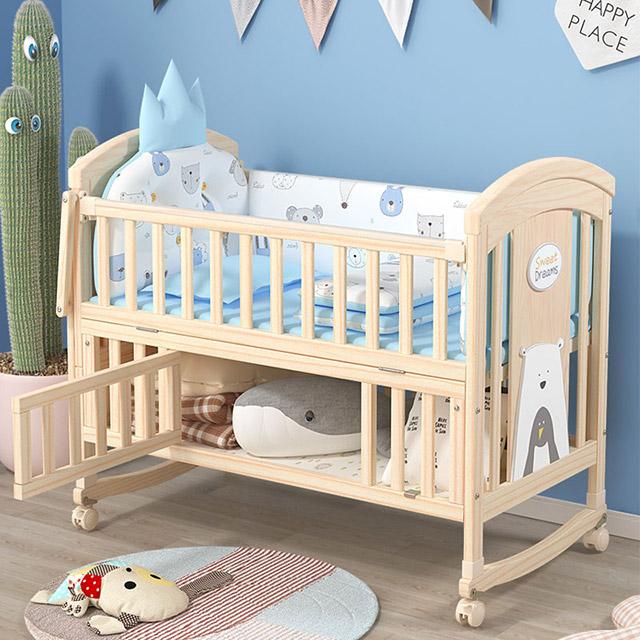
Advantages and Disadvantages of Crib
Advantages of crib
| Safety and Security | One of the primary advantages of cribs is their ability to provide a safe and secure sleeping environment for infants and toddlers. Cribs are crafted with robust construction and raised edges to safeguard babies from rolling out or becoming entrapped. |
| Longevity | Many cribs are convertible, meaning they can be transformed into toddler beds, daybeds, or even full-sized beds, extending their usefulness beyond the baby years. |
| Comfort | Cribs offer ample space for babies to stretch out and move around comfortably while sleeping. They provide a firm and supportive sleeping surface, promoting healthy sleep habits and proper spinal alignment. |
| Versatility | Cribs come in various designs, styles, and finishes, allowing parents to choose one that matches their nursery decor and personal preferences. Certain cribs are equipped with adjustable mattress heights, facilitating the lowering of the mattress as your baby grows and becomes more active. |
| Independence | Babies who sleep in cribs from an early age may transition more easily to sleeping independently as they grow older. |
Disadvantages of crib
| Cost | One of the primary advantages of cribs is their ability to provide a safe and secure sleeping environment for infants and toddlers. Cribs are designed with high sides and sturdy Cribs are generally more expensive than bassinets and other sleeping options for newborns. High-quality cribs with safety certifications and convertible features can be particularly pricey, making them a significant investment for parents. |
| Space Requirements | Cribs take up a considerable amount of space, which may be a limitation for families with limited living space or smaller nurseries. It may be challenging to fit a crib into a shared bedroom or a smaller apartment. |
Portability | Unlike bassinets, which are lightweight and portable, cribs are bulky and not easily moved from room to room. This lack of portability can be inconvenient for parents who want to keep their baby close during the night or move the sleeping area to different parts of the house. |
| Early Transition | Some babies may outgrow the crib sooner than expected, especially if they are particularly active or tall. Parents may need to transition their child to a toddler bed earlier than planned, leading to additional expenses and potential sleep disruptions. |
| Assembly and Maintenance | Cribs often require assembly upon purchase, which can be time-consuming and challenging for some parents.Keeping a crib clean and well-maintained may also require regular inspections and occasional repairs or replacements of parts. |
Tips for Choosing a Crib for Your Baby
Safety Certification: Ensure that the crib you choose meets the latest safety standards set by organizations such as the Juvenile Products Manufacturers Association (JPMA) or the Consumer Product Safety Commission (CPSC). Look for certifications like ASTM International (formerly known as the American Society for Testing and Materials) to ensure the crib has undergone rigorous safety testing.
Sturdy Construction: Opt for a natural wood crib with a sturdy and durable construction. It should have strong corner posts, no rough edges, and no protruding hardware that could potentially harm your baby.
Slats Spacing: Ensure to inspect the spacing between the crib slats, which ideally should not exceed 2 3/8 inches (approximately the width of a soda can) apart. This precaution helps prevent the baby’s head from potentially getting stuck between them.
Mattress Support: Look for a crib with a firm and adjustable mattress support base. The mattress should fit snugly inside the crib with no gaps around the edges to prevent the baby from getting trapped.
Convertible Options: Consider a convertible crib that can be transformed into a toddler bed, daybed, or even a full-sized bed as your child grows. This can save you money in the long run and extend the life of the crib.
Quality Materials: Choose a crib made from high-quality materials, such as solid wood or metal. Avoid cribs made from cheap materials or with toxic finishes that could pose health risks to your baby.
Safety Features: Look for additional safety features such as teething rails to protect your baby’s gums, drop-side locking mechanisms to prevent accidental collapses, and non-toxic finishes to ensure your baby’s safety.
Size and Style: Consider the size of the crib and whether it will fit comfortably in your nursery. Choose a style and finish that complements your nursery decor and personal taste.
Budget: Set a budget for your crib purchase and stick to it. While it’s important to invest in a safe and high-quality crib, there are plenty of affordable options available that meet safety standards and offer good value for money.
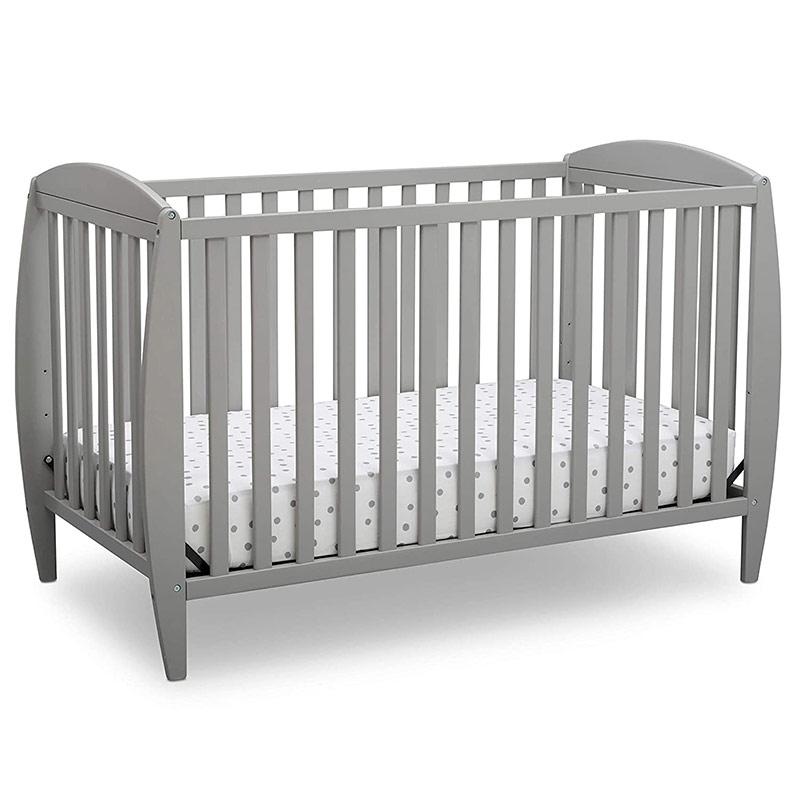
Advantages and Disadvantages of Bassinet
Advantages of Bassinet
| Portability | Cradles for babies are lightweight and portable, making them easy to move from room to room. This allows parents to keep their newborn close by during the day or night, making nighttime feedings and soothing easier. |
| Space Efficiency | Bassinets are smaller than cribs, making them ideal for small living spaces or for parents who prefer to keep their baby in their bedroom during the first few months. |
| Cosleeping | Many cradles are designed to attach to the side of the parents’ bed, allowing for safe cosleeping practices. This can promote bonding between parent and baby and make nighttime breastfeeding more convenient. |
| Comfort | The smaller space can also help babies feel more secure, similar to the womb. |
| Easy Access | Bassinets have low sides, making it easy for parents to reach in and pick up their baby without having to bend over or strain themselves. This can be especially helpful for mothers who have had a cesarean section or are recovering from childbirth. |
Disadvantages of Bassinet
| Limited Lifespan | Bassinets are designed for newborns and typically have weight or size limits specified by the manufacturer. Babies will outgrow bassinets relatively quickly, usually within the first few months of life. |
| Safety Concerns | Bassinets are often less sturdy than cribs and may pose a safety risk as babies become more active and mobile. There is a risk of the bassinet tipping over if not placed on a stable surface or if the baby leans or pushes against the sides. |
| Less Versatility | Unlike cribs, which can be converted into toddler beds or other furniture, bassinets serve a single purpose and cannot be repurposed once the baby outgrows them. |
| Space Constraints | While bassinets are space-efficient, they may not provide enough room for babies to stretch out and move around comfortably as they grow. This can become a concern for larger or more active babies. |
Tips for Choosing a Baby Bassinet for Your Baby
Sturdy Construction: Choose an infant cradle with a sturdy and stable frame. Check for solid construction, smooth edges, and secure fastenings to prevent any risks of tipping over or collapsing.
Breathability: Opt for a bassinet with breathable sides and mattress to promote air circulation and reduce the risk of suffocation.
Size and Portability: Consider the size and portability of the bassinet. Choose a bassinet that fits comfortably in your bedroom or nursery without taking up too much space. If you plan to travel frequently or move the bassinet from room to room, look for lightweight and easily transportable options.
Adjustable Height: This feature allows you to align the newborn cradle with your bed, making it easier to reach your baby for nighttime feedings or comforting without having to get out of bed.
Ease of Cleaning: Choose a bassinet with a removable and washable mattress cover for easy cleaning. Look for models with waterproof or stain-resistant materials to protect against spills and accidents.
Versatility: Consider whether you want a bassinet with additional features or functions. Some bassinets come with built-in storage compartments, soothing vibrations, nightlights, music, or rocking motions to help comfort and soothe your baby.
Weight Limit and Age Range: Pay attention to the weight limit and age range specified by the manufacturer. Ensure that the bassinet can safely accommodate your baby’s weight and size for the desired duration of use.
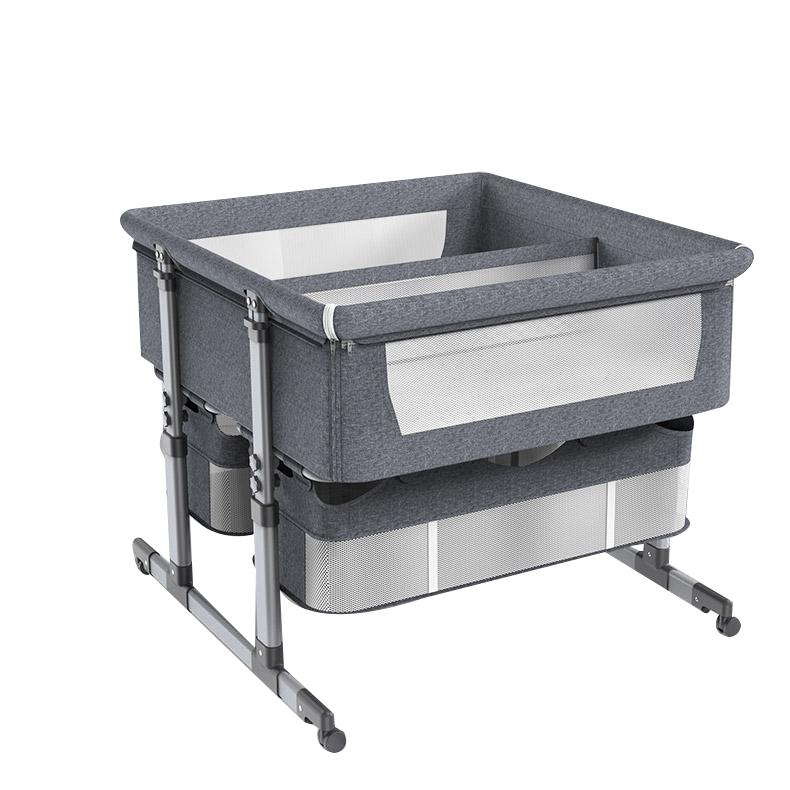
Recommended User-Friendly Crib Styles
Convertible Cribs
- Convertible cribs are versatile and can be converted into different bed configurations as your child grows, such as toddler beds, daybeds, or even full-sized beds.
- Look for convertible cribs with easy-to-adjust mattress heights and conversion mechanisms for seamless transitions between different configurations.
- You can choose a 3-in-1 crib, a 4-in-1 crib, or a 5-in-1 crib according to your needs.
Mini Cribs
- Mini cribs are smaller than standard cribs, making them suitable for smaller nurseries or for families with limited space.
- Look for small cribs with adjustable mattress heights, wheels for easy mobility, and foldable designs for convenient storage or travel.
Portable Folding Cribs
- Portable folding cribs are lightweight and easy to transport, making them ideal for families who travel frequently or need a crib that can be moved between rooms.
- Look for folding cribs with sturdy yet lightweight frames, locking mechanisms for safety, and breathable mesh sides for visibility and airflow.
Adjustable Cribs
- Adjustable cribs feature adjustable mattress heights to accommodate your baby’s growth and developmental stages.
- Look for cribs with multiple mattress height settings that can be easily adjusted without the need for tools or complicated assembly.
Recommended User-Friendly Bassinet Styles
Co-Sleeper Bassinets
- These infant bassinets are designed to attach securely to the side of your bed, allowing you to keep your baby close for nighttime feedings and comforting while maintaining a separate sleep surface.
- Look for co-sleeper bassinets with adjustable heights and easy access features for added convenience.
Portable Bassinets
- Portable bassinets are lightweight and often come with features like collapsible frames or carrying handles, making them easy to move around the house or take with you while traveling.
- Look for models with sturdy construction and breathable mesh sides for comfort and safety.
Rocking Bassinets
- Rocking bassinets gently sway back and forth, providing a soothing motion that can help calm your baby to sleep.
- Look for models with lockable rocking mechanisms for stability and safety when not in use.
Convertible Bassinets
- Convertible bassinets offer versatility by transitioning into other baby essentials as your child grows, such as a changing table or a playpen. These multi-functional designs can be cost-effective and space-saving, especially for small nurseries or apartments.
Bassinets with Storage
- Some bassinets come with built-in storage features like underneath storage baskets or side pockets, providing convenient space to store diapers, wipes, and other baby essentials within arm’s reach.
Electronic Bassinets
- Electronic bassinets may include features like built-in soothing sounds, vibrations, or nightlights to help lull your baby to sleep.
- Look for models with adjustable settings and timers for customization based on your baby’s preferences.
Conclusion
Choosing between a crib and a bassinet for your baby’s sleep needs is a personal decision that depends on various factors. Understanding the differences, advantages, and disadvantages of each option can help you make an informed choice. Consider your baby’s age, size, and individual needs, as well as your space constraints and budget. By weighing these factors and exploring the user-friendly styles of both cribs and cradles, you can create a safe and comfortable sleeping environment for your little one.
Recommended Related Articles:
